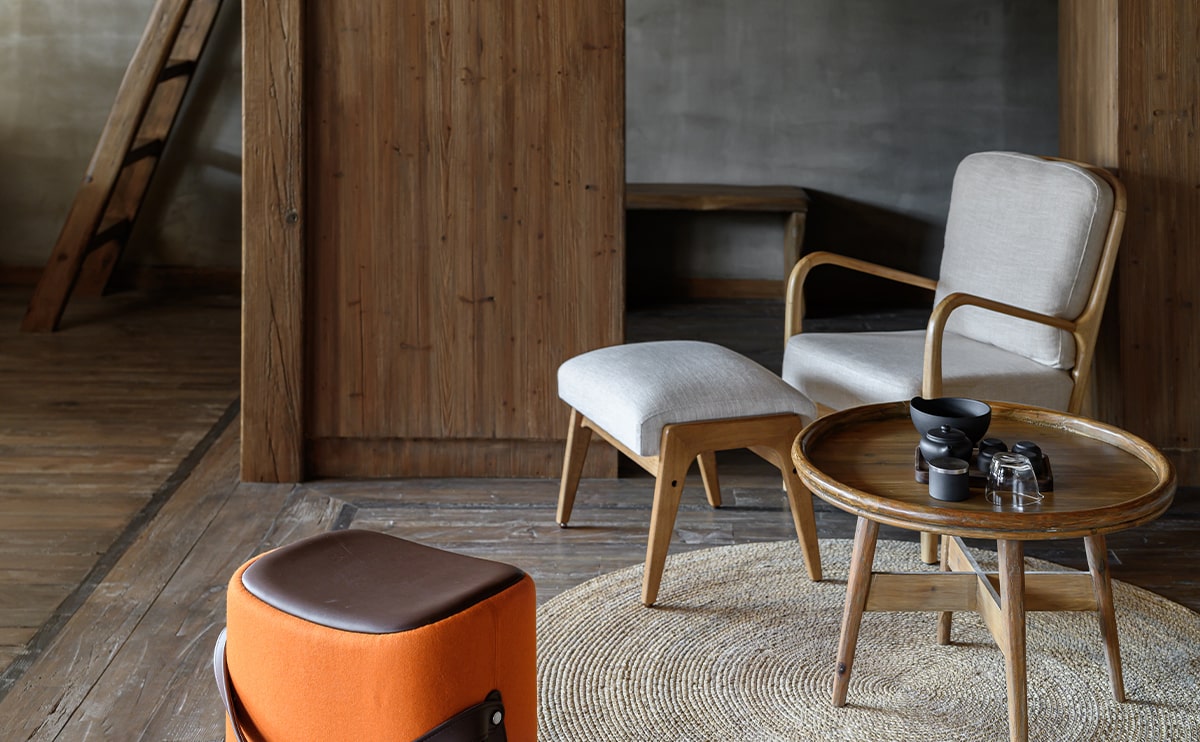Arranging furniture in a small room can feel challenging, but with the right approach, you can make even a tiny space feel comfortable, organized, and stylish. Proper furniture arrangement maximizes space, improves functionality, and creates a cozy atmosphere in your home. Here’s a guide to help you arrange furniture effectively in small rooms, especially in Bangladeshi homes where space is often limited.
1. Start with a Floor Plan
Before moving furniture, plan your layout. Measure the room and note:
- Dimensions of the space
- Doorways and windows
- Areas that need walking space
- Places for essential furniture
Using a floor plan helps you visualize where each piece will go and prevents overcrowding.
2. Prioritize Essential Furniture
In small rooms, less is more. Focus on must-have items like:
- A comfortable bed or sofa
- A small table or desk
- Essential storage units
Avoid overfilling the room with extra furniture, which can make it feel cramped.
3. Use Multi-Functional Furniture
Choose furniture that serves multiple purposes, such as:
- Storage beds or ottomans
- Foldable chairs or tables
- Shelving units with cabinets
Multi-functional pieces save space while keeping the room organized and functional.
4. Place Furniture Strategically
- Keep larger furniture against walls to open up walking space
- Avoid blocking windows to let in natural light
- Position seating to create a comfortable conversation area or viewing angle for TV
Strategic placement makes the room feel larger and more welcoming.
5. Utilize Vertical Space
In small rooms, vertical space is key:
- Use tall shelves or wall-mounted storage
- Hang mirrors to create the illusion of depth
- Place hooks or racks on walls for items like bags, hats, or keys
Vertical storage keeps the floor uncluttered and maximizes usable space.
6. Keep Pathways Clear
Ensure there is enough space to move around comfortably. Leave at least 2–3 feet of walking space between furniture pieces. Clear pathways prevent the room from feeling tight and improve the flow of movement.
7. Choose Light Colors and Minimal Patterns
Light-colored furniture and walls make small rooms feel bigger and airier. If using patterns, keep them subtle to avoid overwhelming the space. Combining light tones with mirrors and natural light enhances the sense of openness.
8. Add Functional Accessories
Smart accessories can improve both space and style:
- Rugs to define seating areas
- Small side tables or nesting tables
- Wall-mounted lighting to save floor space
Keep accessories minimal to maintain a clean, organized look.
Final Thoughts
Arranging furniture in small rooms is about planning, prioritizing, and using space wisely. By focusing on essential pieces, multi-functional furniture, vertical storage, and light colors, you can create a small room that feels comfortable, spacious, and stylish.
With thoughtful arrangement, even the coziest Bangladeshi homes can feel open, inviting, and perfectly functional.
Top of Form
Bottom of Form

